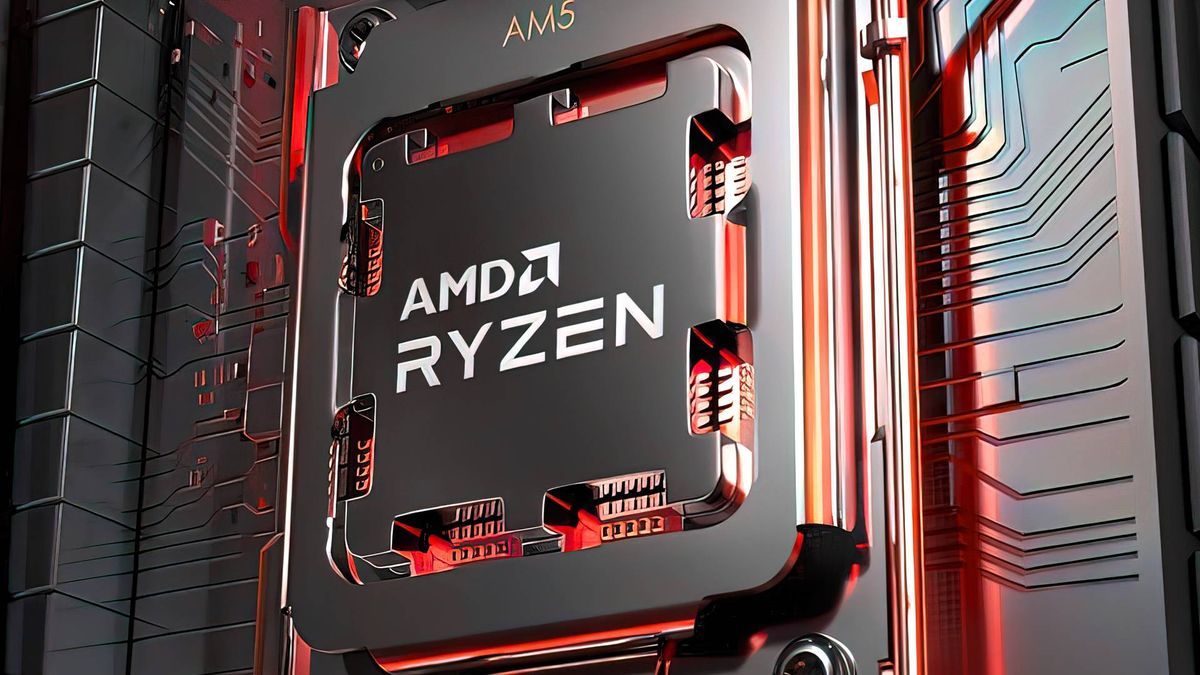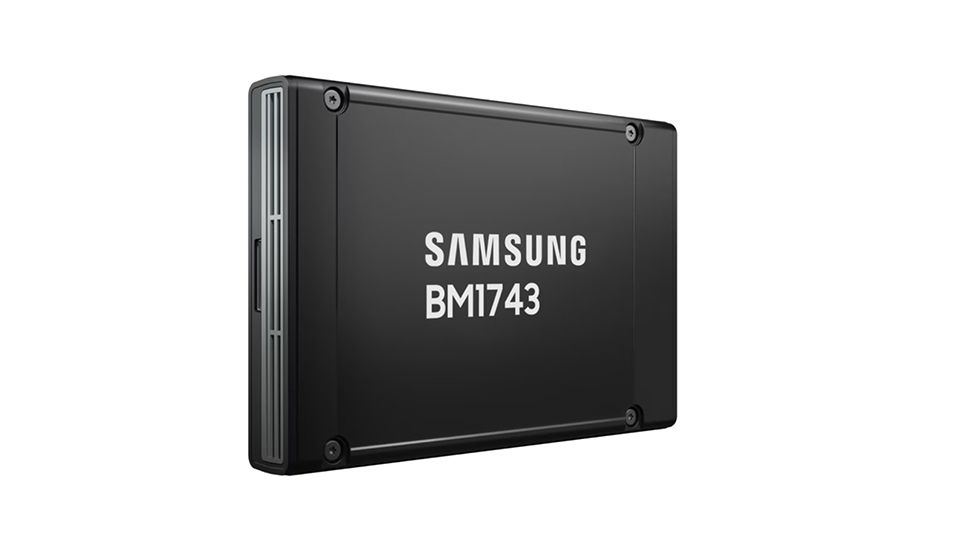A new leak has alleged that AMD's Zen 6 line of desktop processors will be based on a 2nm TSMC process with a 2026 release date in mind.
The news comes from prominent hardware leaker Moore's Law is Dead, whose sources claim that Team Red will finalize its architecture by the third quarter of 2024. While this source states that: “it is not 100% decided how much of the family will be 2 nm”, it is implied that the flagship desktop models will be much smaller than the current generation.
It is claimed that there will be three variants in the Zen 6 line-up, including 'Standard', 'Dense Classic' and 'Client Dense', with the latter option being the least efficient of the crop. 'Standard' is claimed to run on a mix of Venice P cores and E cores, with the latter options being designed to focus on cloud computing.
Interestingly, as noted by Hardware Times, Zen 6 is claimed to feature an entirely new memory controller rather than using the same one in Zen 5. The flagship model appears to feature 64 PCIe 5.0 lanes and 32 PCIe 6.0 lanes with support for 16x DDR5 – 6400 RAM. It sounds plausible given that this could still be about two years away.
MILD's sources claim that: “Zen 6 is close to being as big a company as Zen 2 was.” For context, Zen 2 is the microarchitecture codename that powered the Ryzen 3000 series that debuted in 2019 and was built on a new 7nm process. It was a radical improvement over the 14nm process of the original Zen hardware.
A sign of things to come
While early signs of what Zen 6 might have in store are encouraging, we still haven't officially announced Zen 5 from the Red Team. Recent Zen 5 leaks and speculation suggest that we will have an official presentation at Computex 2024, which is scheduled for early June, just a couple of weeks away.
The current crop of rumors about Zen 6 seem plausible as a 2nm process, as Zen 4 is based on a 5nm process. It's not too big a jump as processors continue to get smaller with more transistors on board. However, this has led to CPUs running hotter than ever, meaning water cooling has become a necessity, hence the lack of included coolers like Team Red used to supply.









